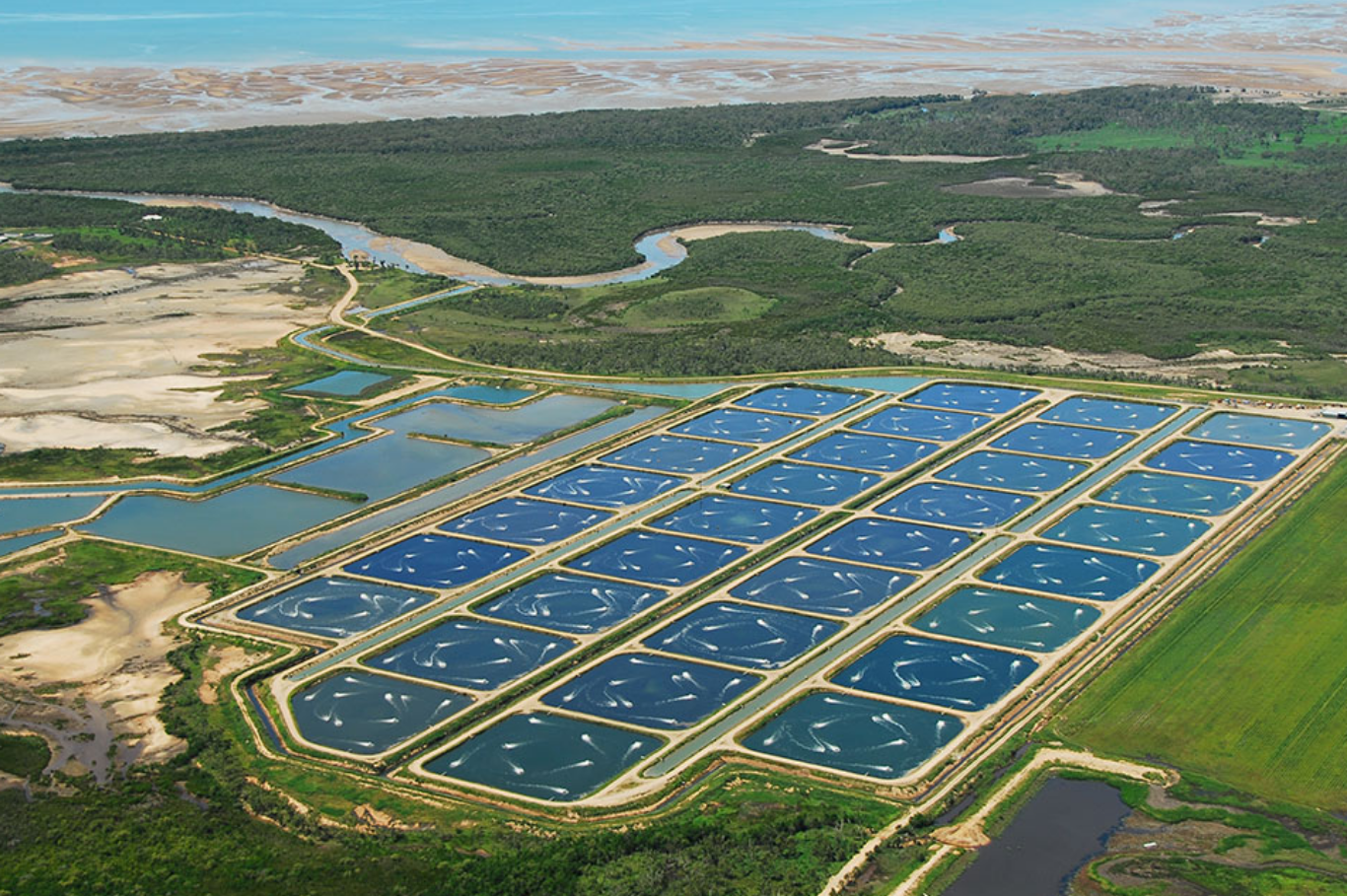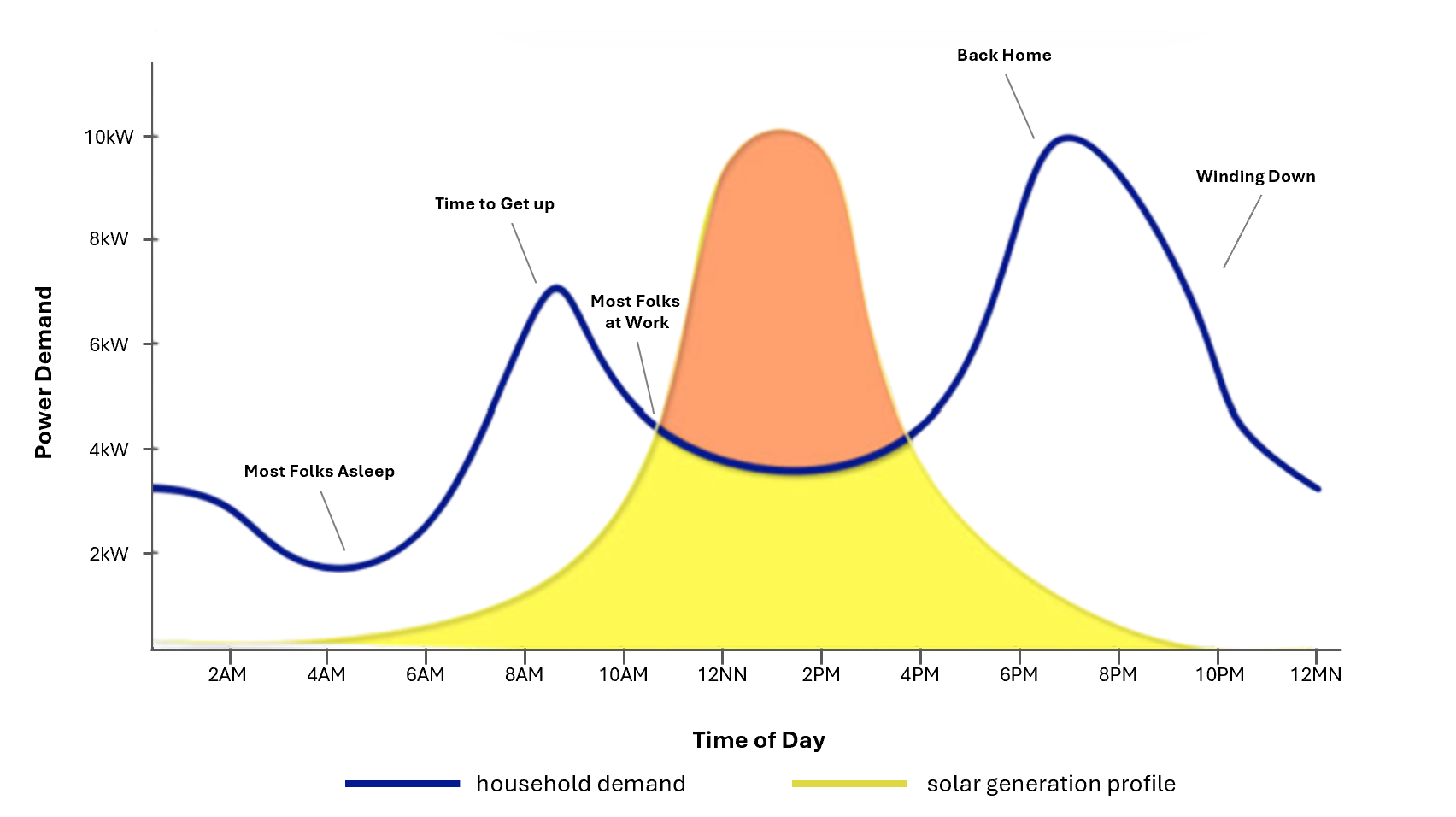- Methanogens are ancient, oxygen-sensitive unicellular organisms that, relative to their size, play an outsized impact on ecological processes and the carbon cycle.
- Despite their ecological importance, they significantly contribute to greenhouse gas emissions (GHG), particularly in ruminant digestion, landfills, and rice production.
- Mitigation strategies include leveraging methanotrophs for methane (CH4) oxidation, removing the environments in which they thrive, inhibitors, and methanogen eliminating enzymes.
What are Methanogens?
In the digestive system of a termite, kilometres deep in underwater hydrothermal vents, under ice in Greenland, in Utah’s warmest deserts, and even potentially inhabiting Mars. Methanogens are everywhere.
Methanogens exist to convert energy. As the name implies, methanogens rely on a process called methanogenesis, feeding on acetate, Hydrogen (H2), and Carbon Dioxide (CO2) to produce methane (CH4). Methanogens are responsible for the CH4 spewing out of landfills and being burped by cows. In animal digestive systems, methanogens work by converting excess hydrogen from short chain fatty acid (SCFA) production into methane (in high quantities, hydrogen inhibits SCFA production, reducing digestive efficiency).
The methanogen belongs to the domain archea and was discovered in 1977. However, it is a 3.5-billion-year-old unicellular organism with influence on the carbon cycle significant enough to have influenced global temperatures. In fact, the Permian extinction event, a period of rapid warming, was caused by a sudden increase in oceanic methanogenesis.
There are several pathways to the organic combustion process of organic matter, but two of the most common are:
- Hydrogenotrophic methanogenesis:

- Acetolactic methanogenesis:


Introducing the Global Carbon Cycle
The carbon cycle involves slow exchanges between Earth’s atmosphere, oceans, and geology, maintaining a (previously) and delicate balance over millennia. Methanogens contribute by breaking down organic matter in oxygen-deprived environments, producing CH₄ and CO₂. While this helps sustain ecosystems, the methane produced is a major contributor to global warming.
One major carbon exchange occurs between the earth’s atmosphere and oceans. Gaseous carbon dioxide reacts with water to form carbonic acid. This acid is broken down into bicarbonate and carbonate ions (the fundamental reaction behind VyCarb’s carbon capture process and why their technology addresses ocean acidification) which eventually combine with calcium to form shells or minerals which settle and are buried in the earth's crust.

The other major exchange in the natural carbon cycle is through plants and animals. Plants absorb carbon through photosynthesis, while animals consume then release it through respiration and digestive fermentation. Some dead organisms release carbon through decomposition while others are buried, again storing the carbon within the earth’s crust.
Methanogen(s) role in the Carbon Cycle
Methanogenesis is important to the carbon cycle because it breaks down organic matter in oxygen-deprived environments, producing CH₄ and CO₂. This process helps recycle carbon in ecosystems and contributes to balancing carbon reservoirs. Additionally, it provides energy to some ecosystems, supporting life in extreme conditions. Despite its role in sustaining the carbon cycle, the CH4 produced is a major concern for global warming.

A pressing example is the ruminant animal, herbivorous grazing animals such as cows, sheep, goats and giraffes. In the rumen, methanogens use H2 and CO2 as substrates, forming CH4 as a byproduct in the creation of volatile fatty acids (VFAs). By some calculations, the archaea in the rumen is responsible for over 11% of the world’s GHG emissions. When you consider the other methanogen related emissions such as landfill gasses (5% of GHGs, World Bank) and rice production (1.5% of GHGs, FAO), it becomes glaringly obvious that the small methanogen is large emitter.
What do humans have to do with all of this?
The key is balance. Without intervention, methanogen related emissions settle to an equilibrium with other carbon fluxes. The Permian Extinction didn’t just happen. Increased volcanic activity released large quantities of nickel into the atmosphere. Nickel promotes growth in methanogens and resulting in thriving methanogen population and a significant global warming effect.
Biological and human-driven carbon exchanges occur much faster than geological ones. This makes them far more influential to the Earth’s atmospheric composition and ultimately driving climate change. The human intervention of larger ruminant animal herds also upset the natural balance as we look to feed growing populations. Our agricultural and waste industries contribute too. However, food consumption isn’t minimising anytime soon, so what can we do about it?
Mitigation and Elimination - the novel emitters and solutions
1. Mitigation
Termites are a great example of a natural methanogen system in balance. Termites globally emit up to 20 million tonnes of CH4 each year. That’s almost the equivalent annual emissions of the Australian cattle herd. These arthropods use methanogens to break down cellulosic material from the timber they consume. The good news is that around half of all CH4 emitted from termites is broken down by bacteria called methanotrophs within the termite mounds and underlying soil before it enters the atmosphere.
Methanotrophs are a biological workhorse that can consume methane before it is released into the atmosphere, converting into carbon dioxide in a process called methane oxidation. Windfall Bio are a startup taking learnings from the termite in a biofiltration business model. They sell methanotrophs to customers that produce a lot of methane (think indoor cattle rearing, or manure). Not only can methanotrophs convert CH4 into CO2 (a GHG with far lower warming potential), but they can also valorise the methane into carbon-rich single-celled proteins (SCPs).

In 2022, Adisseo and Calysta launched Calysseo, a joint venture aimed at producing SCPs using methane as a raw material. Their production facility in Chongqing, China, currently has a capacity of 20,000 tons per year, with plans to scale up to 80,000 tons annually. The difficulty here lies in economics: can this methane derived feed compete with the open market for protein?
2. Inhibition
Bromoform (CHBr3) is one potent inhibitor of methanogenesis, the production of CH4 by microorganisms. In anaerobic environments, bromoform can bind to the active site of methanogen enzymes, preventing the conversion of CO2 into CH4. This binding occurs during the reduction of CO2 to formate or when formate is reduced to methane. As a result, the presence of bromoform can significantly reduce methanogenesis. Simply put, in ruminants, the methanogenesis process is suppressed with an enzyme in the rumen during the digestion of feed.
Landfills are the third largest source of anthropogenic methane emissions, we can inhibit their production of methane, and the fundamental methanogenesis process with a few novel pathways. Consider Sweden’s progress. In the coastal city of Helsingborg, the Verapark facility treats 160,000 metric tons of source-separated food waste — about 12% of all of Sweden’s food waste. The food waste is co-digested with manure to produce 80 gigawatt-hours of biogas and 145,000 metric tons of fertilizer-grade digestate annually.
3. Elimination
What if we could eliminate methanogens at their source, economically, and efficiently? We’re looking very closely at this in controlled environments, the rumen and even in the waste industry. Twynam has backed Hoofprint Biome as they pursue novel pathways for methanogen elimination in cattle.
Final thoughts
Methanogens are rarely spoken of but a dominant force in the carbon balance on our planet. We’re excited by new research and technologies that help bring our human induced imbalance back into line. If you’re working on something in the space, please reach out, we’d love to hear from you.



